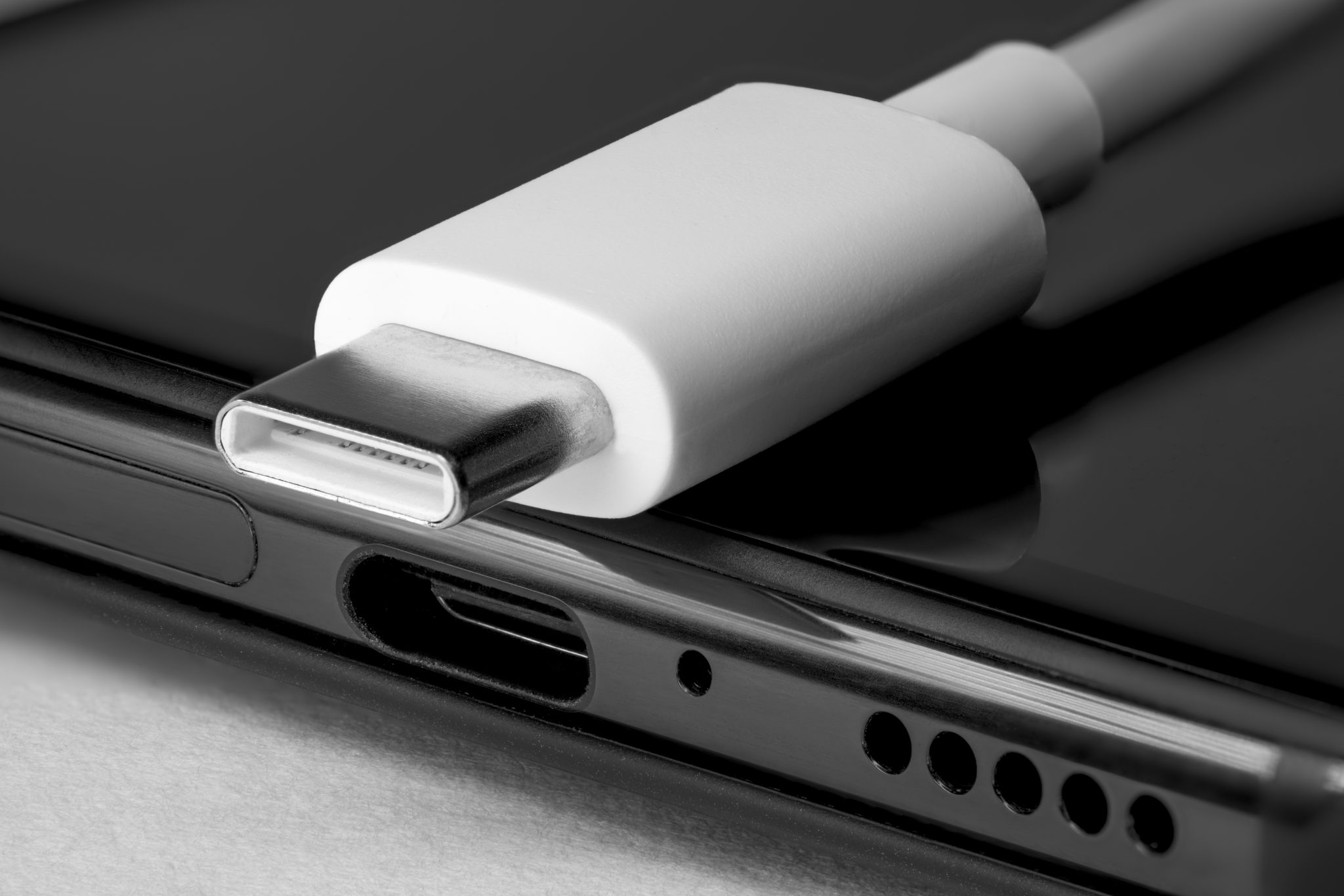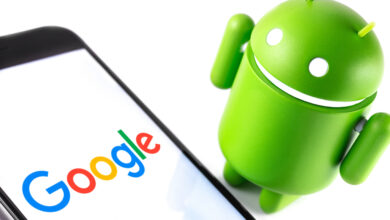A
A
A
Recently, new information has come out about the impending release of the USB 4 standard. They come with new specs and features that will appeal to significant numbers of consumers. The standard is set to come out sometime in the year 2020.
Overview
Read More »
The news coming from the USB 4 standard started out in March, but more information has come to light since then, including a full technical specification. There are three major areas in terms of improvement. These include, speed, compatibility, and data display splitting.
Speed
According to recent releases, consumers can expect 40 gigabytes per second from the new USB4 standard. This is double the speed of the most recent USB 3 standard, or the latest iteration of it anyway, which was 3.2. This comes to eight times faster than USB 3.0 standard that came out originally.
Splitting Capabilities
The previous version of USB, the USB 3 standard, added the characteristic to allow one cable to send video, and data as well as power with just the one line. There were complaints about this though since it didn’t always work perfectly and you ended up with less power and data if you tried to do all of it at once. One major improvement that USB4 brings is that you get everything at once much more quickly.
In other words, it’s more efficient at transferring what you want, so if you have a monitor that uses a certain amount of data for its video playback, you’ll still have the rest of the 40 GBPS that you can use for something else, if that’s what you want.
Backwards Compatibility
The standard has compatibility with Thunderbolt 3, from Intel. What intel is doing is releasing the spec for free to manufacturers so that anyone who makes a USB 4 cable or device can make it backward compatible with the USB 3 standard specifically from Intel.
What all of this means is that USB 4 should work just the same way that USB3 does. You won’t have to mess around with a lot of extra cables that move things over from 4 to 3 or the other way around. The USB 4 standard will have the same smooth plug, and it will work seamlessly with USB 3 devices of all sorts. This will be good news to considerable numbers of users due to the fact that the announcement of a new standard for anything, including USB or any other device almost always means a nightmare in terms of getting all of your old devices to work with all of your new devices.
However, that appears to not be the case in this particular instance.
Overall, it seems likely that the USB 4 standard will see widespread use and popularity, if only because it keeps the small, sleek USB-C plugs that are currently being used and upgrades other specifications all the same time. It will be an interesting release.






